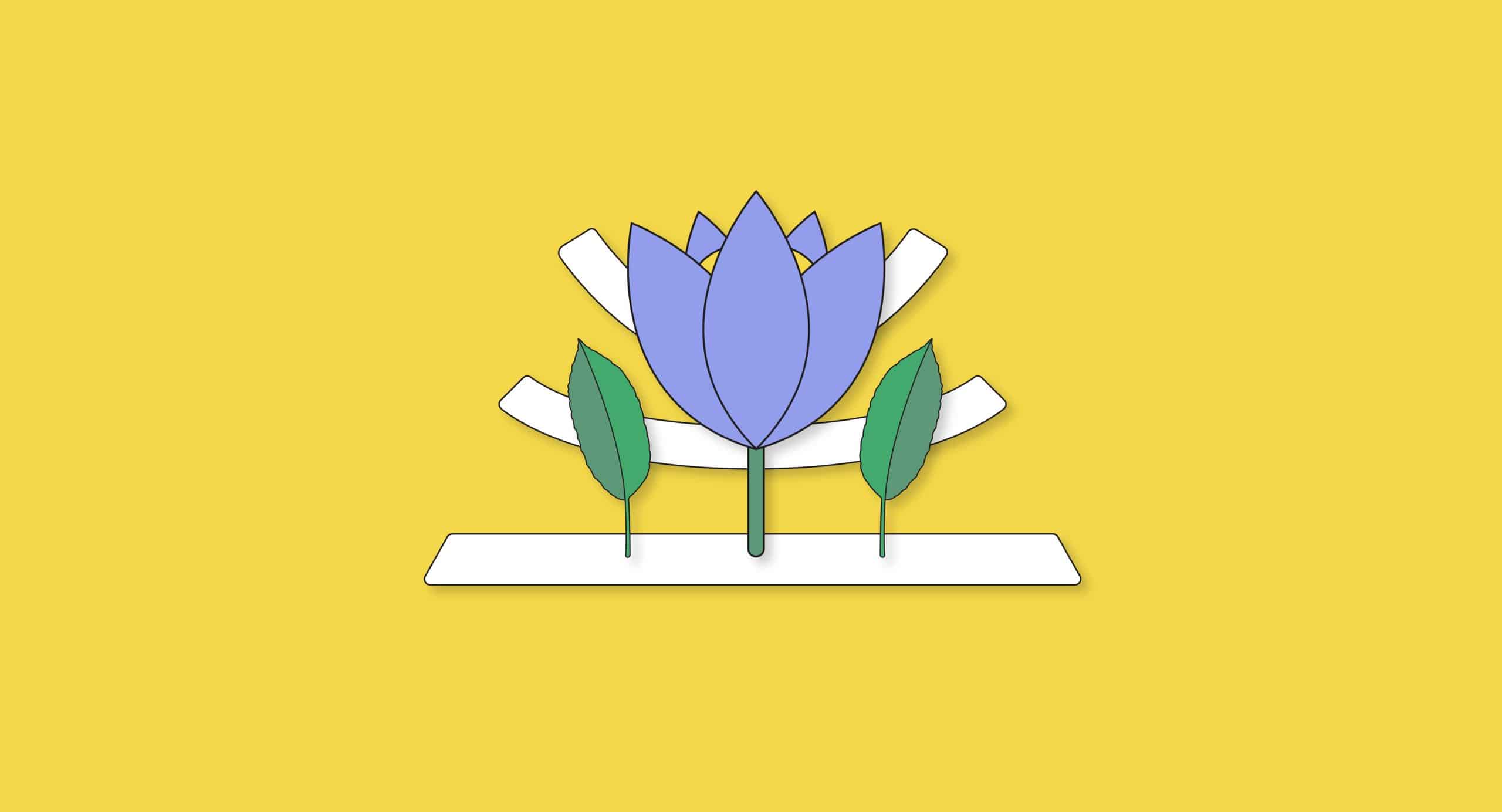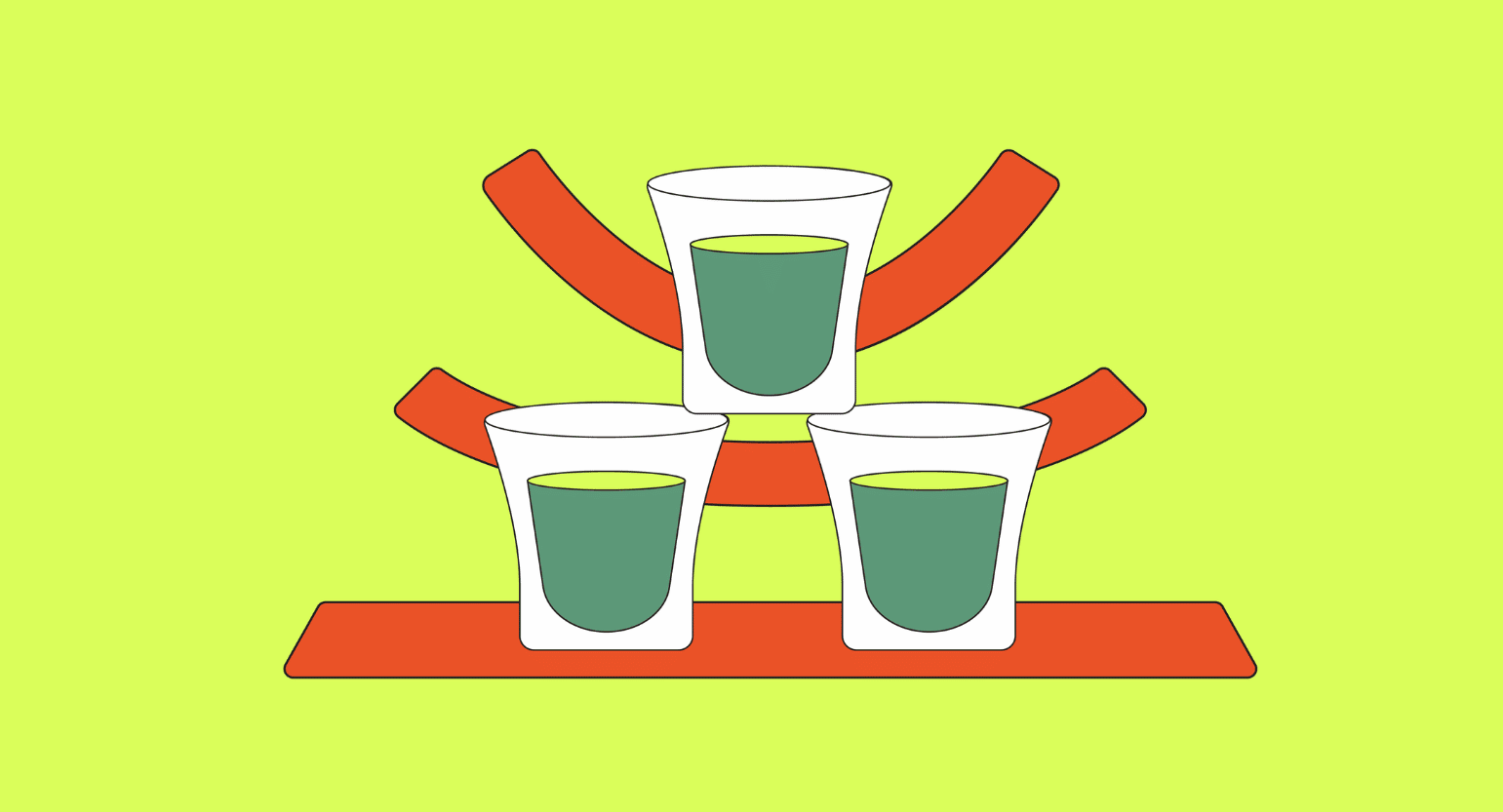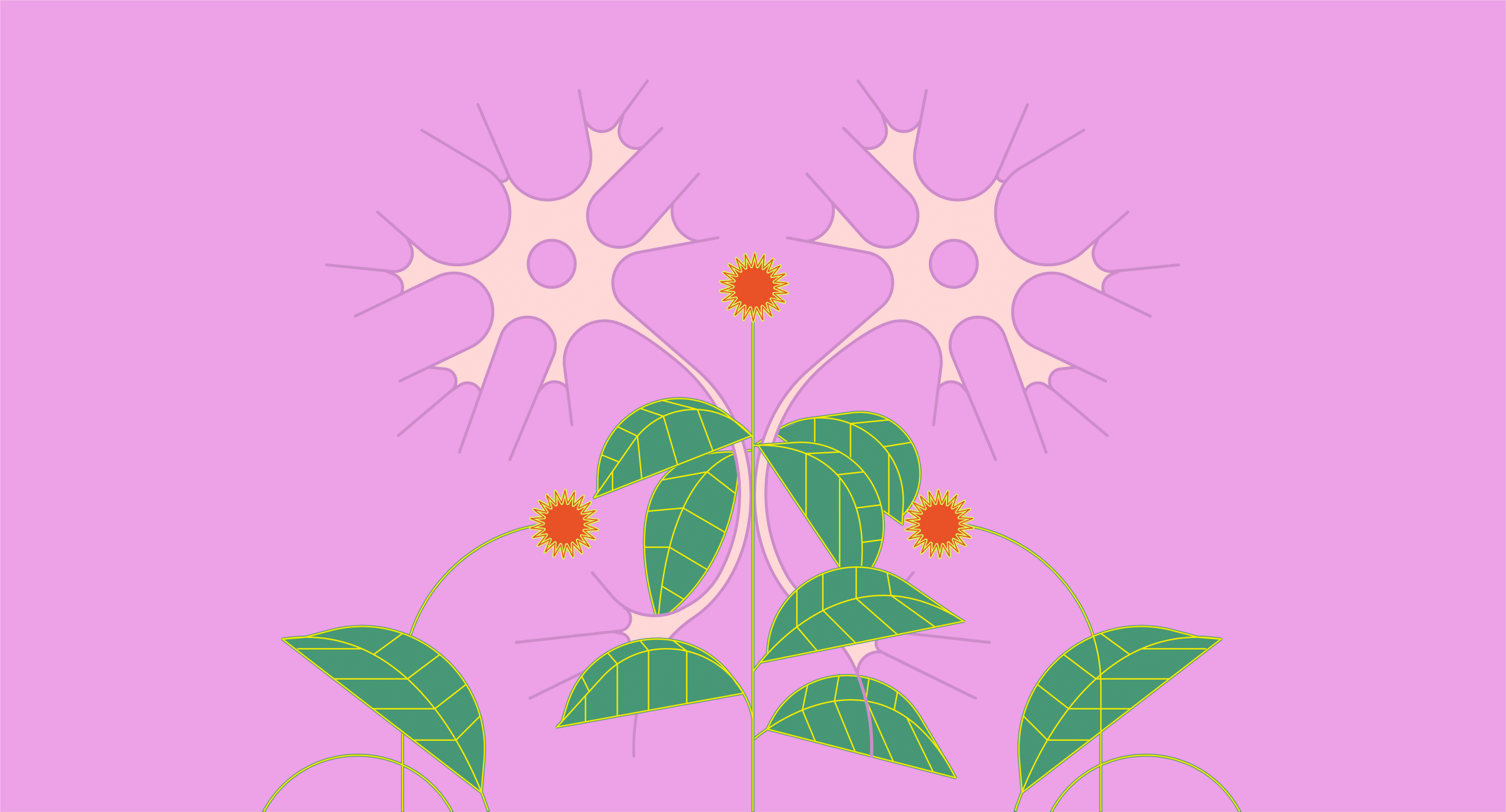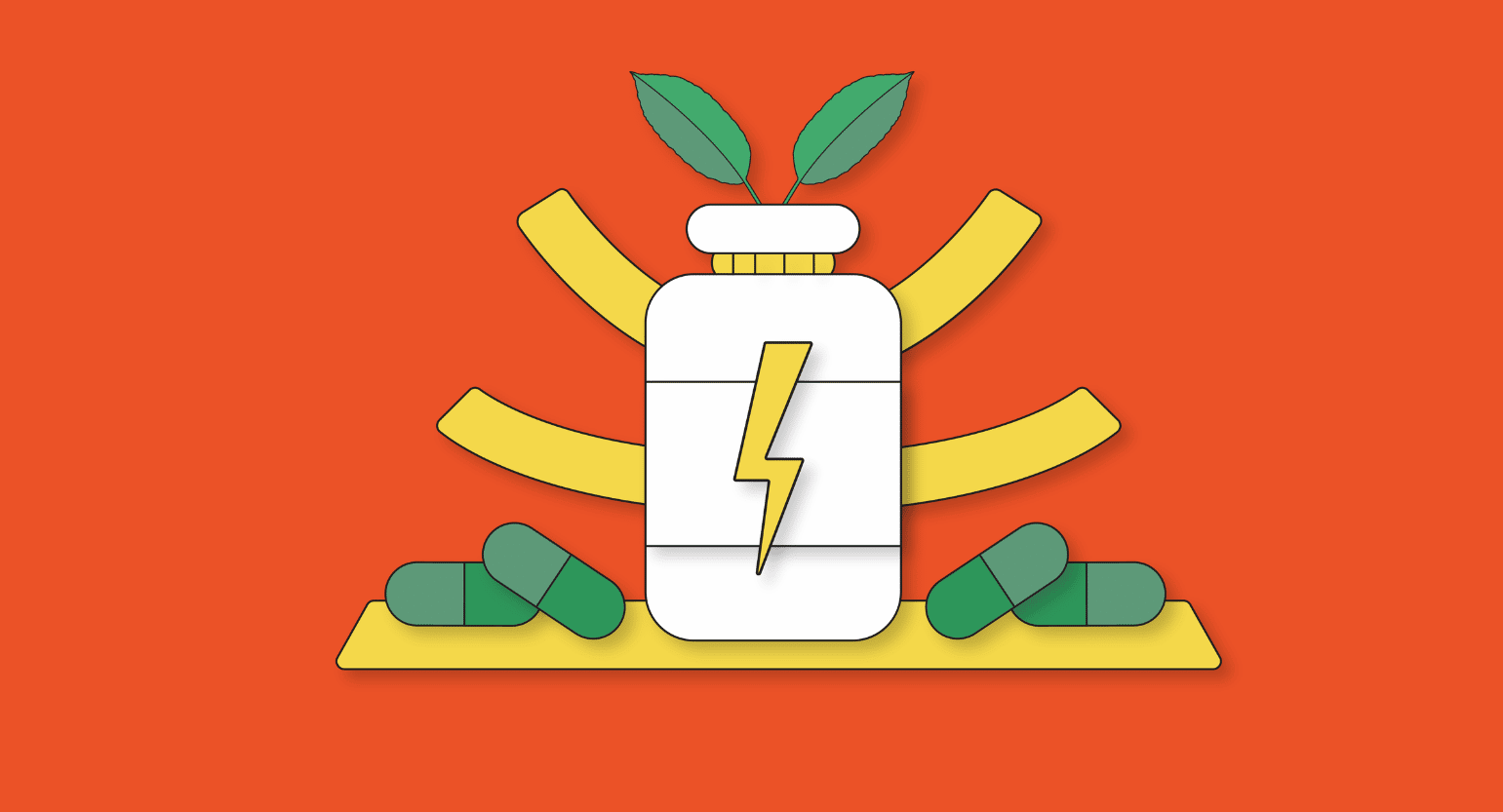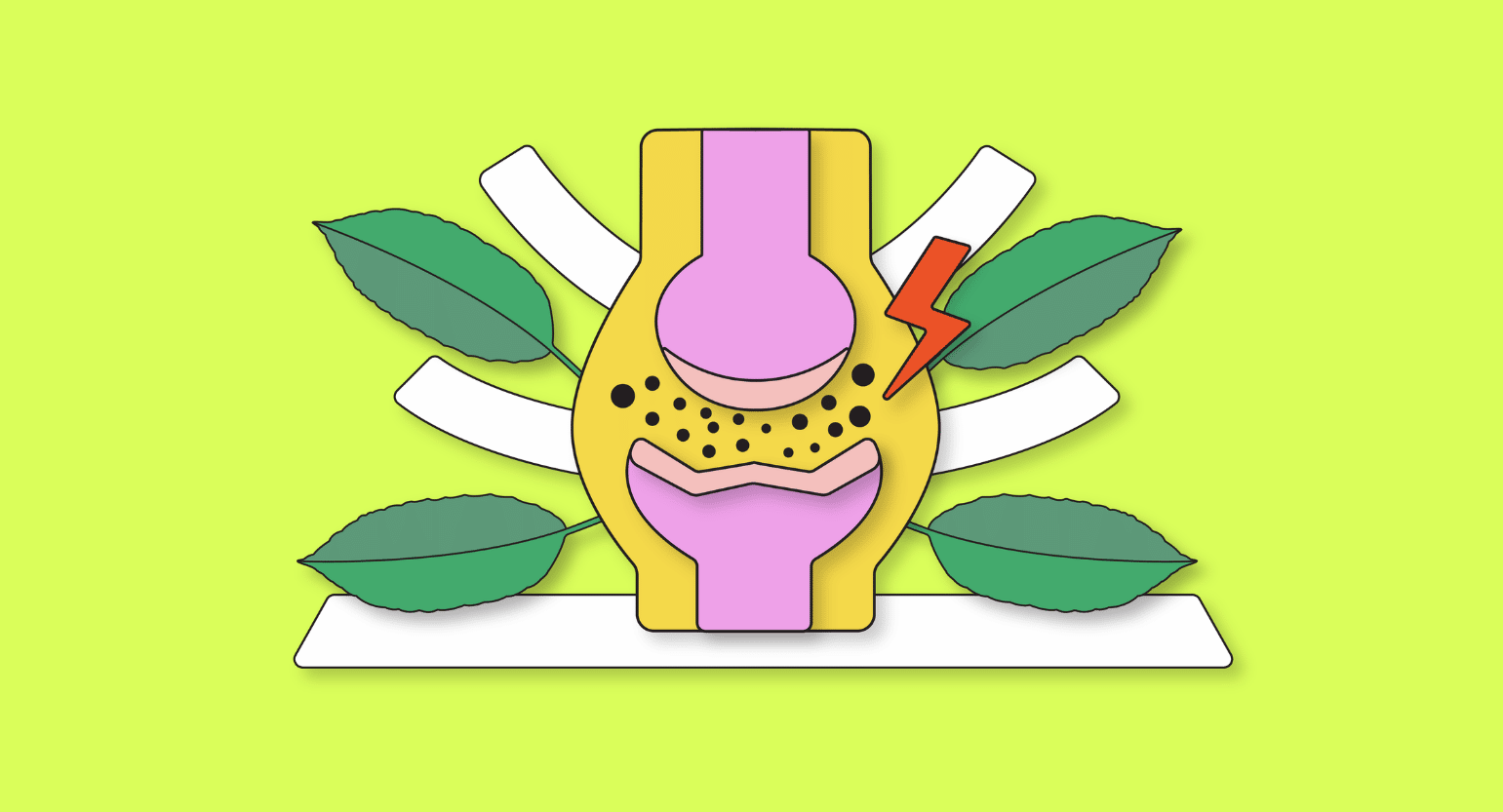What is Blue Lotus
The Nymphaea caerulea — commonly known as the blue lotus flower or Egyptian lotus — is a species of water lily that grows throughout most of the eastern half of Africa and most parts of southern Arabia.
Ancient Egyptians cultivated the blue lotus and used it for ritual and religious purposes due to its psychoactive properties. Much like kratom, these properties are due to the psychoactive alkaloids. In the case of the blue lotus, the alkaloids are aporphine and nuciferine.
Benefits & Effects of the Blue Lotus
Unfortunately, very little peer-reviewed research can back up the anecdotal claims related to the blue lotus flower. However, since ancient civilizations used the blue lotus for thousands of years, no one is disputing its psychoactive effects. What does elicit more debate are its purported pharmacological benefits. But that’s not to say there isn’t solid research backing up these claims.
The alkaloid apomorphine is likely responsible for the blue lotus’s hallucinogenic and euphoric effects. However, recent research has also shown it has the potential to treat neurological conditions such as Parkinson’s disease [1].
Nuciferine, the other primary alkaloid in blue lotus, might have anxiolytic properties, although research is scant. Its potential as a treatment for erectile dysfunction is a little more solid [2].
What’s the Dose of Blue Lotus?
The dosage of blue lotus mostly depends on the method of consumption and how willing you are to experience psychoactive and hallucinogenic effects.
Most people consume blue lotus by brewing 3-5 grams of dried leaves in water to make tea. Others prefer to roll dried blue lotus leaves up in a tobacco wrap and smoke them. However, you should be aware that anecdotal reports state this method is more likely to stimulate intense psychoactive effects. It also brings on more side effects.

Side Effects of Blue Lotus
The most common side effect of blue lotus use is nausea and vomiting. However, most anecdotal accounts report that these side effects subside after the first couple of instances of using blue lotus.
Less common but slightly more severe side effects include [3]:
- Dizziness
- Elevated heart rate
- Slurred speech
- Dilated pupils
- Heart palpitations
- Gastrointestinal distress
As with most drugs, the incidence of these side effects becomes more common as the dosage consumed increases.
What is Kratom
Kratom is an all-natural herbal compound that contains a wide array of plant-based alkaloids.
Alkaloids are natural compounds produced by many types of living organisms. They are mostly responsible for the pharmacological benefits found in dozens of different plant species and can cause powerful reactions within the body.
The main alkaloids found in kratom are mitragynine and 7-hydroxymitragynine — these account for the many benefits that kratom provides.
Kratom is harvested from the leaves of the Mitragyna speciosa, a species of an evergreen tree native to Southeast Asia.
Kratom comes in several forms, from tinctures to powders and even extracts. Despite the illegitimate governmental crackdown on kratom, its popularity in the United States is snowballing due to the many benefits that it can elicit.

Benefits & Effects of Kratom
Kratom has many uses, but there are five main ones.
The most common uses for kratom are:
- Pain relief
- Opioid withdrawal
- Sleep aid
- Nootropic effects (focus, mood)
- Increase energy
When administered in low doses, kratom can stimulate the mind and produce valuable benefits. For instance, it can increase energy, like coffee, only without the jitters. It can also create the opposite effect and promote sleep and feelings of relaxation and sedation (in larger doses).
It also has mood-enhancing properties. Kratom can boost euphoria in users and has become popular among those that deal with depression. The kratom community has stories of people abandoning their pharmacological antidepressants in favor of kratom.
When it comes to the medical benefits, kratom doesn’t disappoint either. Kratom can elicit potent analgesic and anxiolytic (anti-anxiety) benefits. Kratom is much safer to use long-term than painkillers, making it the natural choice for dealing with chronic pain stemming from a condition or an injury.
As if that weren’t enough, kratom has shown promise as a weight-loss supplement and a sleep support aid. It can even treat the symptoms stemming from opioid, benzo, and alcohol withdrawal symptoms.
What’s the Dose of Kratom?
Proper dosage is the number one factor you have to master if you want to be in control of your kratom experience. But first, here are some essential facts about dosages that can apply to any drug.
What works for one person might be too much for another. All our bodies are different. Plus, you have to consider how each kratom strain causes slightly different effects.
Start with low amounts, usually under 2 g if you’re new. This way, you can see how you’ll react to it and adjust the dose accordingly. The smart move is to go slow. If you feel unpleasant side effects, use a little less to see if that helps.
Finally, remember that formulaic dosage recommendations are never to be wholly trusted.
Now, with those caveats out of the way, we can talk about the general kratom dosage guidelines:
- Low dose (1 – 5 g)
- Medium dose (5 – 10 g)
- High dose (10 – 15 g)
Here’s the catch for kratom: the amount you ingest will alter what effects you feel.
Low doses bring on the nootropic, stimulating side of the kratom spectrum. As you increase the amount, you’ll notice the analgesic and anxiolytic properties. Heavy doses promote the relaxing, sedative-like effects of the kratom plant.
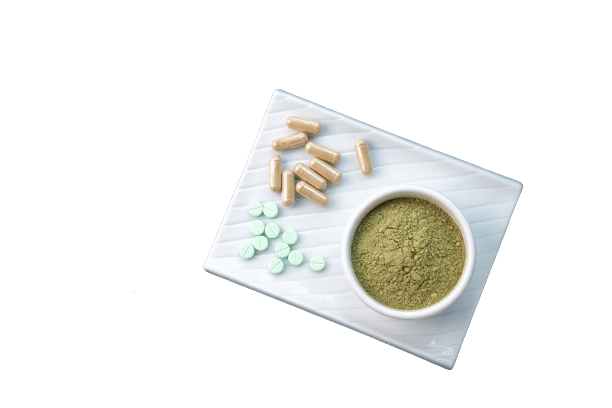
Side Effects of Kratom
Kratom’s side effects are listed below. Generally, the bigger the dosage, the more likely you’ll experience adverse effects. Stick to smaller doses if you want to avoid them.
The side effects of kratom are:
Other, less common side effects include:
- Hyperpigmentation
- Low libido
- Poor appetite
- Loss of muscle coordination
- Tremors or muscle contractions
- Low blood pressure
- Itchiness in the skin
- Seizures
Thankfully, kratom’s side effects are generally mild, but kratom can cause mental and physical dependence.
Interactions Between Kratom & Blue Lotus
If you want to consume kratom and blue lotus together, you should be aware that these compounds have a high potential for interaction within the body.
If you take a low dose of kratom, you will feel its stimulant-like effects. These properties will create an antagonistic interaction with blue lotus because the latter compound has calming effects.
However, the more kratom you consume, the more agonistic the interaction becomes. This is due to kratom’s effects switching over to the pharmacological side of the kratom spectrum, which would also bring on sedative-like effects. Agonistic interactions usually have the potential to increase the incidence of adverse effects, so you should exercise more caution with these.
Apart from these effects-based interactions, we also have to consider the potential for metabolic interactions.
Blue lotus and kratom are both metabolized by the CYP3A4 enzyme, making them metabolic competitors. In practice, this means that the body will be hard-pressed to process both these compounds simultaneously, and therefore they will take longer than average to clear from the body. This usually has the effect of increasing side effects.

Conclusion
Kratom and blue lotus can both bring on sedative-like effects, but that’s where their similarities end. The psychoactive effects that they bring on are quite different: kratom is more nootropic and stimulant-based, while blue lotus is more hallucinogenic. Their pharmacological benefits are also quite different.
Consuming responsible amounts of these compounds is likely to have very little risk when it comes to safety. The biggest danger stems from an agonistic interaction leading to a lowered heart rate or respiratory depression. If you consume low amounts of these compounds and do so infrequently to minimize metabolic risk, the risk is minimal.
- Jenner, P., & Katzenschlager, R. (2016). Apomorphine-pharmacological properties and clinical trials in Parkinson’s disease. Parkinsonism & related disorders, 33, S13-S21.
- Poklis, J. L., Mulder, H. A., Halquist, M. S., Wolf, C. E., Poklis, A., & Peace, M. R. (2017). The blue lotus flower (Nymphea caerulea) resin used in a new type of electronic cigarette, the re-buildable dripping atomizer. Journal of psychoactive drugs, 49(3), 175-181.
- Schimpf, M., Ulmer, T., Hiller, H., & Barbuto, A. F. (2021). Toxicity From Blue Lotus (Nymphaea caerulea) After Ingestion or Inhalation: A Case Series. Military Medicine.

